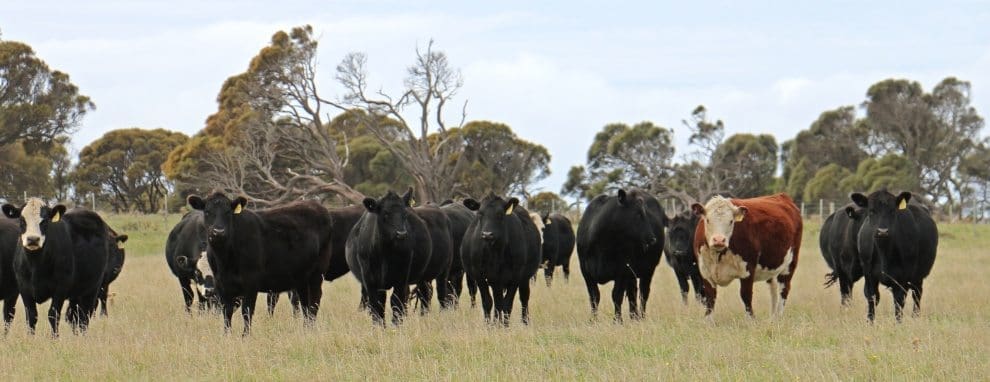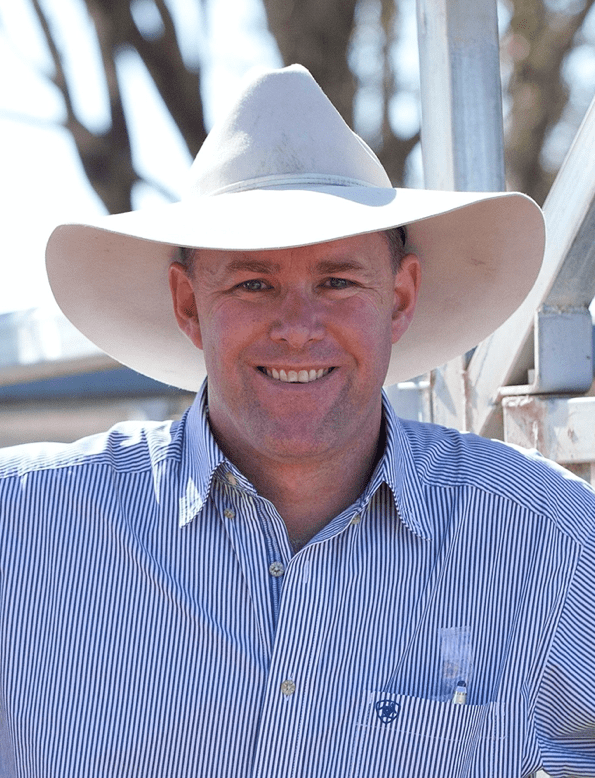
THE timing of calving, as well as the duration of the calving period are often pivotal in the overall efficiency of a typical southern, or more closely-managed northern breeding program.
The weeks leading up to calving as well as the calving period characterised by the highest nutritional demands made by breeding herd throughout the year.
Managing this period is one where producers focus is often on pressing issues associated with managing cow condition score, providing adequate nutrition, and then undertaking the process of supervising calving and ensuring the welfare of calving females is not neglected.
Consequently, noting the distribution of newly born calves can sometimes be overlooked or noted as just one of many factors that will have to be dealt with as those calves grow.
Those issues range from the variation in weights that will need to be managed as calves grow to weaning and sale weights through to the time available to cows to recover from calving and return to oestrus in time to re-join and achieve a 12-month calving interval. This later point is a major consideration for any breeding program.
The time a female takes to return to oestrus after calving is dependant largely upon her body condition at calving, however age also plays a role. It is well established that cows in average body scores or better it takes around 30 days for the uterus to recovery from calving.
To achieve a 12-month calving interval, this effectively leaves only 50-55 days (or two heat cycles) to conceive. Younger females, including those that calved at two years of age, as well as mature cows in low body condition may take longer to recover, further reducing the opportunity to achieve a 12-month calving window.
With this in mind, the distribution of calves throughout the calving period will offer some early insights into herd performance, which may allow some forward planning beyond the considerations associated only with the possible spread of weaner weights in a few months’ time.
Determining calving distribution
Determining calving distribution can be done in a number of ways. Obviously, the easiest method is to record numbers born for each day of the calving period. Although there are some people who do find this more difficult due to location, extensive grazing areas or for other reasons.
An alternative option is to split the calving period into two-day segments and record the number of calves born in each 21-day segment. This may mean that a producer who cannot count individuals soon after birth may still have the chance to collect useful data.
To determine the percentage of calves born in each segment of the calving period, producers can divide the number born in each segment against the total number calved for the period.
The ultimate goal is to develop a graph showing the pattern of distribution of calves for the season. The goal is to have the curve leaning towards the greatest percentage calving within the first 21-day segment.
Ideally a distribution curve should show 65-70 percent of calves born in this first cycle. The second cycle should then have 20pc of the calves while the final segment would have 10pc.
Numbers outside this range would then start to provide an early alert to issues that may require specific attention ahead of joining. For instance, a small number of calves in the second segment and a larger number in the third segment.
A pattern such as this can indicate potential health concerns such as leptospirosis, or another reproductive disease that may have seen early conception, embryonic loss, and then a re-conception at the end of the joining period. Unusual patterns open up the way to make some investigation and commence a more targeted program of management.
Using gross measurements such as percentage calved or percentage weaned, and even average weaning weight can hide the non-performers in a herd
In controlled mating environments, to achieve the ideal calving distribution, producers need to plan a mating period that is no shorter than 45 days, and no greater than 60 days. While this will help achieve an improvement in distribution, it is important to remember that regardless of the timing, heifers will still take longer to recover from calving.
Building time into the program for recovery is an important strategy. One practical method is to join heifers ahead of the main breeding herd. This allows heifers to both calve earlier and enjoy more targeted supervision and nutrition, while also allowing some additional time to recover before joining in line with the main herd for their second calf.
Another consideration in understanding calving distribution is the insight it offers in cow performance and contribution to the productivity of a herd. Not all cows are equal performers.
Using gross measurements such as percentage calved or percentage weaned, and even average weaning weight can hide the non-performers in a herd. Making progress is about removing the low performers.
A cow can have a calf and still be a non-performer. Although we normally talk about costs per head or income per head, this is averaging. Producers are actually managing a herd, and in those terms, all the breeders in that herd share an equal part of the costs of operation.
Cows that calve early wean heavier calves, are more likely to achieve a 12-month calving interval and as a result bring in greater returns than those cows that are late-calvers. Those late cows cost the same to run but ultimately contribute less to weaned weight each year and are more likely to exit the system early for non-pregnancy.
The combination of these issues makes those cows the ones to identify and remove as part of the long-term herd progression plan.
Making the time to understand a herd’s calving distribution offers some very practical information which can be used in tactical and strategic decisions.
As a data collection, this process is one that will add value for beef producers who want to know how they are heading towards achieving a highly efficient and productive breeding herd.
 Alastair Rayner is the Principal of RaynerAg, an agricultural advisory service based in NSW. RaynerAg is affiliated with BJA Stock & Station Agents. He regularly lists and sell cattle for clients as well attending bull sales to support client purchases. Alastair provides pre-sale selections and classifications for seedstock producers in NSW, Qld, and Victoria. He can be contacted here or through his website www.raynerag.com.au
Alastair Rayner is the Principal of RaynerAg, an agricultural advisory service based in NSW. RaynerAg is affiliated with BJA Stock & Station Agents. He regularly lists and sell cattle for clients as well attending bull sales to support client purchases. Alastair provides pre-sale selections and classifications for seedstock producers in NSW, Qld, and Victoria. He can be contacted here or through his website www.raynerag.com.au
 Genetics editor Alastair Rayner will be part of the Beef Central team reporting from Beef 2024 in May.
Genetics editor Alastair Rayner will be part of the Beef Central team reporting from Beef 2024 in May.



HAVE YOUR SAY